Reading Time: 7 minutes
Kala traces the history of Indian immigration to the US, detailing the many trials and tribulations, from the 19th century. An exclusive for Different Truths.
On April 6, 1899, The San Francisco Chronicle had this to say about the first recorded encounter with Indian immigrants to the United States.
“The four Sikhs who arrived on the Nippon Maru the other day were permitted yesterday to land by the immigration officials. They are all fine-looking men, Bakkshlled Singh in particular being a marvel of physical beauty. All of them have been soldiers and policemen in China.”
The man with the garbled name was Bakshish Singh Dhillon.
The man with the garbled name was Bakshish Singh Dhillon. Others followed in his wake in limited numbers, paying Rs. 300 – 400 for a one-way ticket from India. About 90% were Sikhs and the rest were Muslims. These were semi-literate or illiterate farmers, some with a military background. A smattering of Bengali Muslims also landed on the East Coast.
In parallel, an elite small group of students from across the subcontinent, Hindus, Sikhs and Muslims, came to different universities, with the University of California, Berkeley, being a magnet. They became the leaders of the Indian community. However regardless of their religion, they were all called “Hindoos” or “Ragheads,” a racial slur.
The Sikh farmers, facing high taxation and debt, left Punjab and joined the British army and police departments…
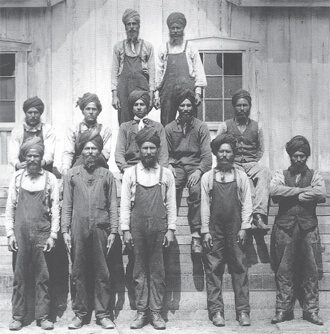
The Sikh farmers, facing high taxation and debt, left Punjab and joined the British army and police departments, subsequently traveling to Singapore, Hong Kong, and Shanghai. Having learnt there about the need for labour in Canadian railways and steamship companies, they came in the late 1800s to Canada’s Pacific Coast. Some kept moving further south into California, Washington State and Oregon.
The Indians or “East Indians” as they were called, to distinguish them from Native Americans, worked on the railroads, in lumber mills, iron foundries and agriculture. They were unacknowledged pioneers as they helped build tunnels, bridges and roads in northern California. In agriculture they initiated rice and cotton growing.
Even before the Indians arrived, there was deep hostility towards the Japanese and Chinese immigrants who had come earlier. The Indians were thrown into this mix…
Even before the Indians arrived, there was deep hostility towards the Japanese and Chinese immigrants who had come earlier. The Indians were thrown into this mix despite their small numbers. It came to a head on September 5, 1907, in the lumber mills of Bellingham in Washington State. A mob of around 500 white workers, fearing increased competition and the lowering of wages, attacked the Indians and within days chased them out permanently. Similar attacks followed in California.
These events lit the fire of anti-Indian sentiment nationwide as the focus shifted quickly to the latest immigrants. The newspapers and magazines supported the attacks and ranted about “The Hindu Invasion” and the “Tide of the Turbans.” This at a time when there were less than 5,000 Indians in the country, including the approximately 3,000 who had recently crossed over from Canada when Asian immigration was stopped there in 1909. Even the U.S. Immigration Commission stated that South Asians were the least desirable race of immigrants thus far admitted. Their lack of hygiene was commented upon. In a racist cartoon that appeared in The San Francisco Call, neither Uncle Sam nor the British Raj wanted the pathetic Hindu.
More importantly, it brought the “Hindoo question” to the attention of the influential California-based Asiatic Exclusion League, made up of European immigrants and labour unions who wanted to protect white society. The League wanted Congress to close the door on immigrants who were not eligible for citizenship, a right that was only available to “white persons” or those of African descent.
Xenophobia swept across the nation. A series of restrictive laws were passed.
Xenophobia swept across the nation. A series of restrictive laws were passed. The first was the 1913 California Alien Land Law that barred those ineligible for citizenship from owning agricultural land and restricted land leases to three years. In 1917 Congress went even further and banned all immigration from the Asian Barred Zone, which included British India, shutting Indians out completely.
The exclusionary laws and the total lack of support from the colonial government in India made the Indian pioneers feel stateless. Against this backdrop, a group of intellectuals and students, headed by Har Dayal and Taraknath Das, started the nationalistic Ghadar Party, in 1913, in San Francisco. Their goal, supported by Hindus, Sikhs and Muslims, was to fight for Home Rule in India using violence. Two years later a group of Ghadarites set sail for India, smuggling arms supplied by the Germans, to incite the Indian army to mutiny. They were unsuccessful and many were executed.
Despite the intensely hostile environment, the estimated 6,700 pioneers who remained thrived by knowing how to bend the rules.
Despite the intensely hostile environment, the estimated 6,700 pioneers who remained thrived by knowing how to bend the rules. Some illegally sneaked in through Mexico, paying $400 each to smugglers if the turban and beard were kept and $200 if both were removed. The Indians formed groups and paid an English-speaking “boss man” to negotiate for them as they moved all over California working as agricultural laborers. Their hard work and frugality paid off. They quickly moved up the economic ladder and became tenants and owners. To overcome federal laws, they used trusted white bankers and lawyers to own land in their names or in the names of children born here who were citizens.
However, the personal price was high. Life was lonely as the men had left their wives and families behind. Bakshish Singh was one of the few who was able to go to India, return with his new wife, 17-year-old Rattan Kaur, and raise a family of eight children. The Sikh gurdwara in Stockton, California, gave people of all religions a sense of belonging and people flocked there during festivals and events.
The single men would live together in bunkhouses or on farms belonging to Indians.
The single men would live together in bunkhouses or on farms belonging to Indians. The men who wanted to marry were constrained by miscegenation laws preventing marriages between races: white women were taboo. Instead, they turned to Mexican women as they shared similar farming backgrounds, lifestyles, and a love of spicy food. Even though they were not of the same race, they were “brown” and thus were allowed to marry. The women arranged for the marriages of their relatives to other Punjabi men, many of whom gave up their turbans and beards. The children were raised as Catholics. Thus arose a new community of Punjabi-Mexicans or “Mexidu.” In time, as immigration opened up, this group slowly dissolved into the larger community.
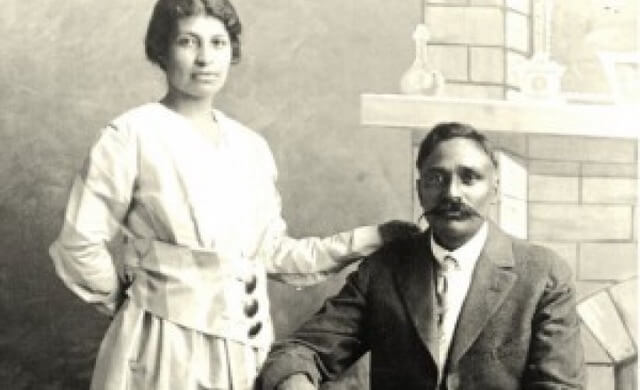
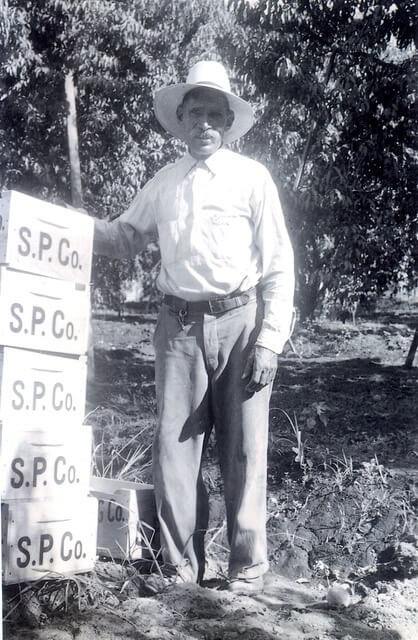
Despite the immigration ban, there was still an uneasiness about Indian immigrants as the common Caucasian ancestry would make them potentially eligible for citizenship. The League had stated that the forefathers who traveled west moved towards progress and civilization while “the Hindus went east and became enslaved, effeminate, caste-ridden and degraded.” They were afraid of what would happen to California if “this horde of fanatics should be received in our midst” as citizens.
The Supreme Court solved that problem, in 1923, when Bhagat Singh Thind’s rejected naturalisation application came before the justices.
The Supreme Court solved that problem, in 1923, when Bhagat Singh Thind’s rejected naturalisation application came before the justices. The question raised here was, “is a high caste Hindu of full Indian blood, …a white person?” The ruling was that even though Thind may be theoretically white, he did not fit into the “common man’s” definition of “white” and therefore was not eligible. The citizenships of over 55 Indians were also revoked.
It took 23 years of intense lobbying for a bill to be passed allowing Indian immigrants to be naturalised again and opening up immigration from India. The annual quota was set at 100 as the system favored Northern Europeans.
Tremendous changes to immigration laws were in the offing but the battle was fought elsewhere by Blacks fighting for civil rights, equality and justice, starting in the 1950s. Extreme police brutality and the assassination of Martin Luther King stirred the conscience of the nation. The historic Civil Rights Act was finally signed by President Lyndon Johnson in 1964, barring discrimination on grounds of race, color, religion, sex or national origin.
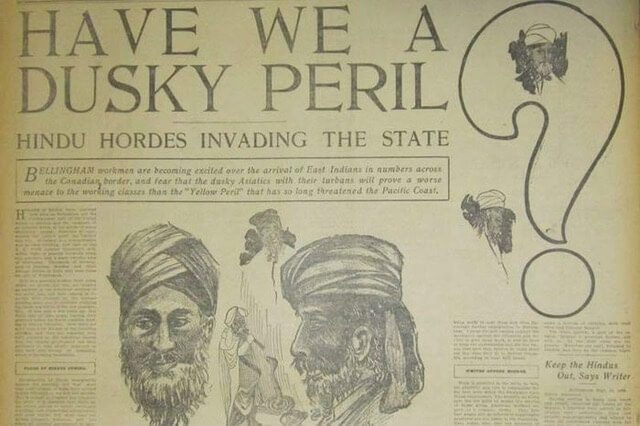
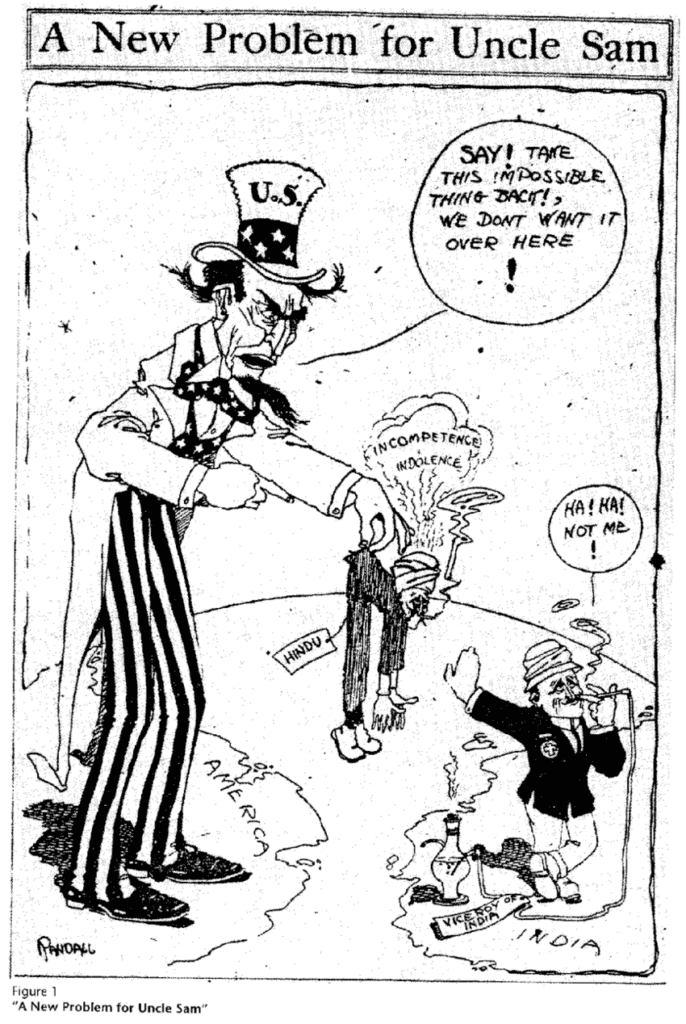
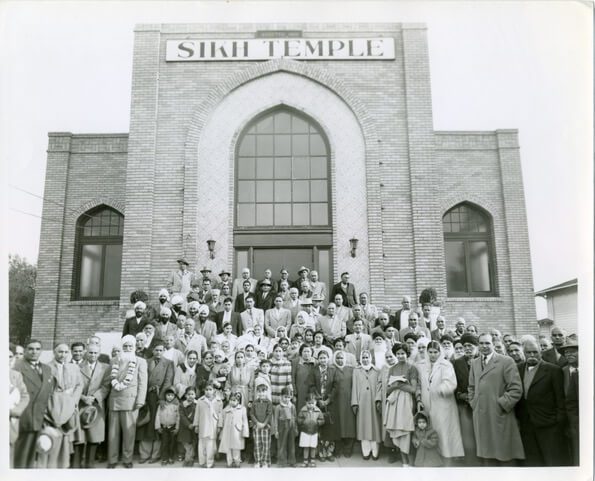
A year later … Congress passed the Immigration and Nationality Act barring discrimination on the same grounds.
A year later, in keeping with the same spirit, Congress passed the Immigration and Nationality Act barring discrimination on the same grounds. Importantly, it eliminated national quotas and the doors were open to non-European countries. The preferences were family reunification and skilled employment credentials. Extended families and a large number of professionals subsequently immigrated from India and settled all over the country. The H1B temporary visa program, launched, in 1990, to help companies fill vacancies in technical fields, has brought in a new wave of IT specialists.
An estimated 4.2 million people of Indian origin now live in the U.S. and they are the second largest immigrant group after the Mexicans. Their education and income levels are the highest of any other group in this country. Indian-Americans are the CEOs of Google, Microsoft, IBM and Twitter, and Silicon Valley is filled with these entrepreneurs. Nobel Prize winners, leading scientists, doctors, engineers, members of Congress and even the Vice President of the United States are part of this elite group. And yet, over 6% of Indian Americans live below the poverty line and over half a million are undocumented.
Still, the roots of racism run deep. Six people died when a gunman opened fire in a Sikh gurdwara, in 2012, and attacks on Asian Americans are becoming pronounced. From the time four Sikhs landed on its shores, opportunity and racial discrimination have always gone hand in hand in this country.
Photos: Photo courtesy of Southern Oregon Historical Society, Medford, Oregon; Karen Leonard’s Punjabi Mexican American Papers/Courtesy of Dept. of Special Collections, Stanford University Libraries; South Asian American Digital Archive (SAADA); Chronicling America; Public Domain; and Sutter County Museum. (As sourced by the author)

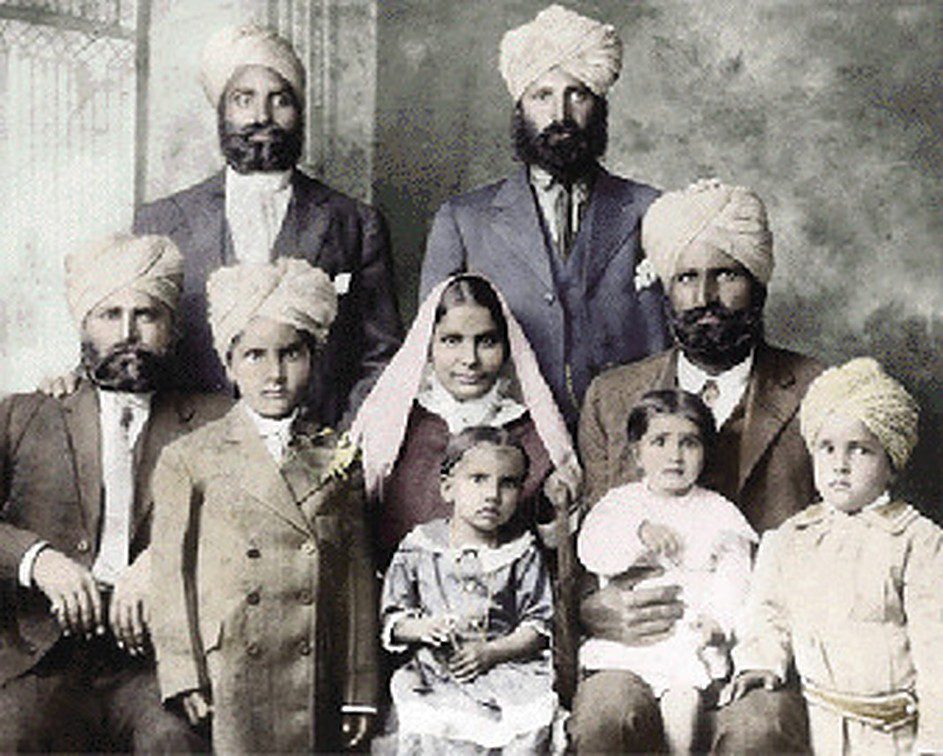













Very interesting article full of little known facts about early Indian immigrants to the US
One often forgets the importance of the struggles of our pioneers so that we may have a better life. Kala points out this important point with sensitivity and compassion. With her detailed study of history of past Indian immigration, Kala has thrown light on facts previously unknown, such as, the marriages arranged between Mexicans and Indian immigrants. Etc.
Beautifully written article that immediately draws you into the story.
Thoroughly researched, very informative article. Sikhs were most daring and took risks to pave the way for the rest of us. Mexidu is a new term for me!
very interesting facts about the history of Indian immigrants. Kala has done a lot of research to unearth these facts. Some aspects moved me to tears. I was not aware of the depth of racism that the newcomers faced. It is a slightly more hopeful world now. Kala writes with a flair that draws our attention because she keeps it simple yet riveting.
thank you for highlighting a still pervasive problem that continues to be swept under the rug I have experienced blatant racism here for over five decades My children would come home from school with spit balls in their hair so I started going to schools in my city to talk to the kids about our rich cultural inheritance etc One of the parents who heard me persuaded me to spend over 15 years traveling all over USA as a professional paid speaker
to adult groups also
We were educated very hard working and thrifty hence we were able to “succeed” invoking the ire unfortunately of not just the white people who feel threatened but also the Blacks who are resentful Now since we look so “Hispanic” we have to shoulder the burden of sharing the discrimination prevalent against that community too
Early 1930s our grand parents from Punjab, went to Fiji Islands as it was an British Colony. They knew than that it is very hard to get into USA. Well I have been in USA since 1975 came as a student, and went to Stockton Sikh Temple. Thanks to our Sikh brothers and sister for the foundation stone. God Bless.
Kala’s write up has brought out the lesser known facts of life – well researched and written articles. It throws light on the tough path of travel and changes that has been brought in society. Still we face difficulties .A long way to go.
Kala as usual had studied the history and immigration problems in depth.Though we had heard about the difficulties faced by immigrants the extent to which they were subjected is beautifully brought out by Kala